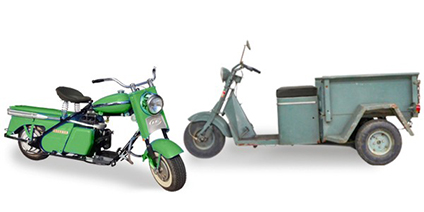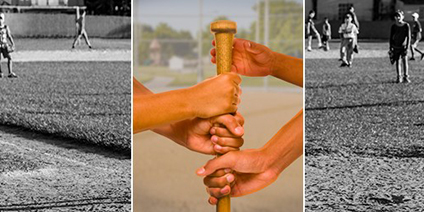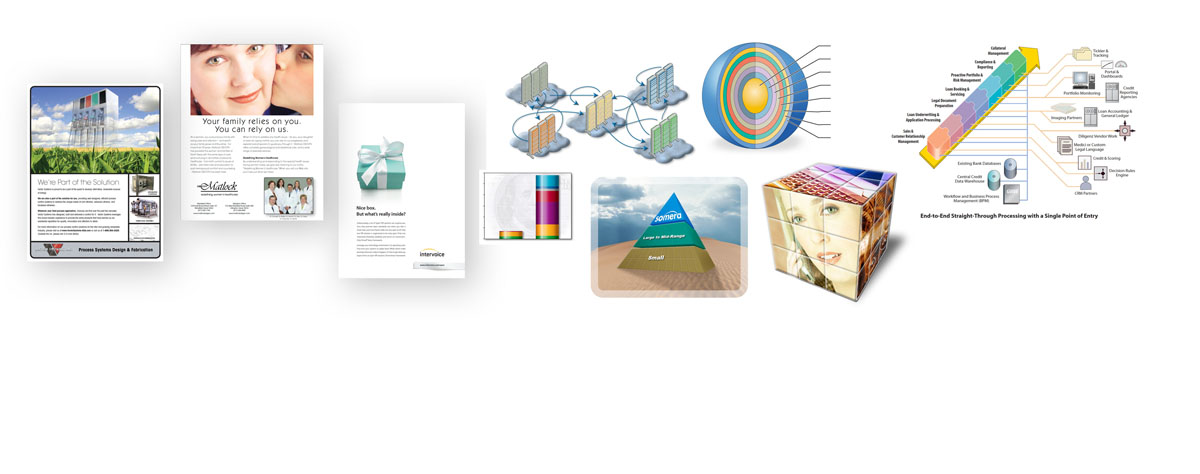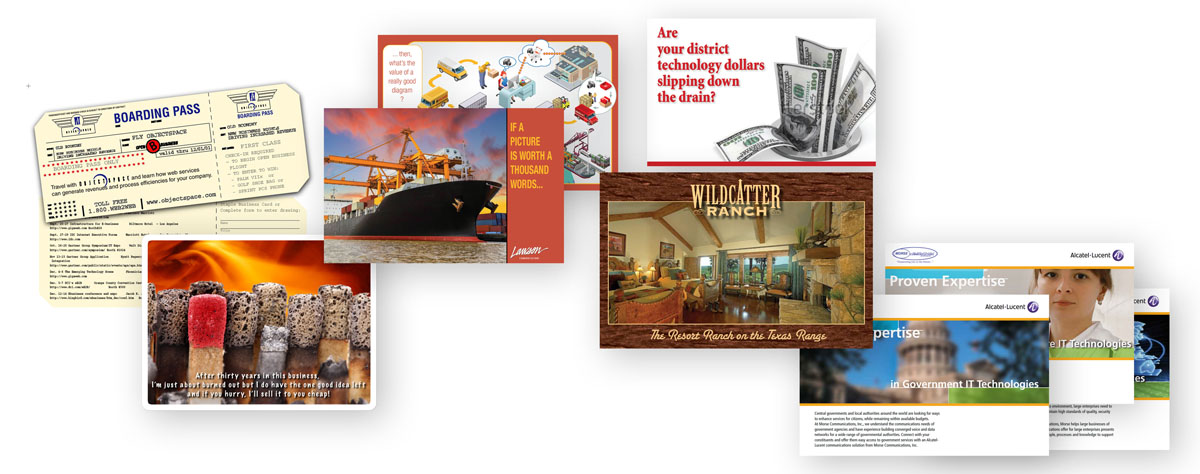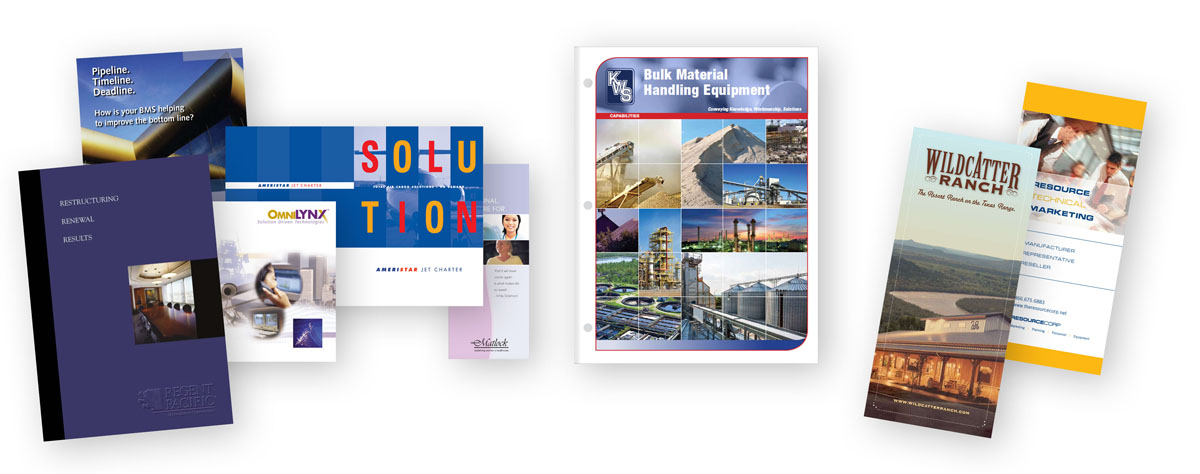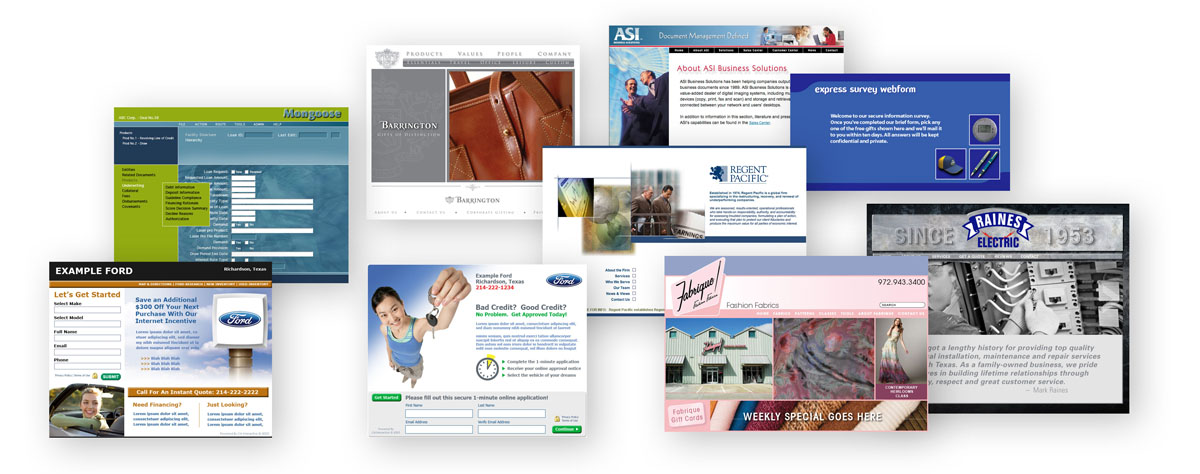The Chisel of Life
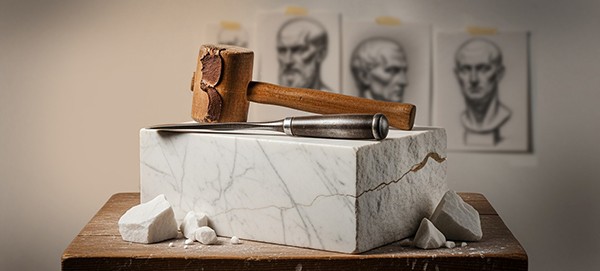
The Chisel of Life
Imagine if you will, a view of life from the perspective of a huge marble slab in the 14th century. The marble doesn’t possess the sentient cognition of humans, but its atomic structure retains a sense of sequence and history. Larger than its younger sibling pictured above, the tall column measures twenty feet by five feet by three feet and has already existed for thousands of years, though it’s only approaching mid-life.
The Rock Cycle
In its previous life, the marble slowly eroded from a granite mountain in the Western Hemisphere, only to be washed downstream to the ocean where its particles sank to the ocean floor. The immense weight of all that water forced it further into the Earth’s crust where unimaginable pressure and white-hot heat broke down and re-arranged its very atoms, reorganizing Granite molecules into exquisite Carrera Marble. Tectonic plate collisions pushed our friend back up through the crust somewhere in the Mediterranean — not a comfortable way to be reborn.
Rejection and Redemption
Human workers, wielding crude iron tools, separated our marble from its family, a massive vein of Carerra running through the Italian landscape. The year is 1500 AD, and the marble sits idle, listing slightly atop the soft ground where it has remained for years after being rejected by multiple artisans and builders.
At last, a man of means sees the potential in our marble and redeems it from obscurity. He arranges for it to be transported many miles to his workshop in Florence — no small fete in that pre-industrial era.
A New Routine
Our newly purchased marble finds itself in a sheltered workshop, scrubbed clean of the loose dirt and patina which obscured its beauty. The man spends his mornings sipping coffee and studying the marble. He circumnavigates the slab continuously, observing its qualities, mapping its weak cracks, and admiring the ripples of color running along its surface. Life is good.
On an otherwise pristine morning, the man wields a chisel and mallet. With seemingly no compassion or mercy, he begins violently severing great chunks from the marble’s surface — pieces which took thousands of years to form, and which represent the very heart of the marble’s identity. He appears oblivious to the horrendous damage he’s causing.
The man relentlessly continues his daily routine, alternating between days of ease when he studies and polishes the marble, and days of great pain when he gouges away the marble’s very essence. Some days, the marble loves the man. Some days it loathes his existence.
Life
I have a retired friend on the West Coast who has recently experienced those days of incomprehensible loss and pain. He’s been an accomplished and innovative electrical engineer who created and patented devices that revolutionized modern electric guitars. He was also involved in the early development of electric vehicles.
Throughout my friend’s career, he collected mementos of his accomplishments — daily physical reminders that he had done something with his time on Earth. Recently, while away on vacation with his wife, daughter, and grandchildren, my friend’s home, along with his every possession, was burned to the ground by a deranged homeless man with a history of arson.
My friend lost every physical reminder of his accomplishments, but his family was spared. Should he rage at a God who wields the chisel of life and allows his loss, or should he revel in the mercy that his family remains unharmed?
The Pain of the Chisel
You and I and my friend are not unlike that marble column. Our days on Earth alternate between pleasant ease and unbearable stress.
We inhabit an environment created by an artist with a higher understanding than we can fathom, and our failure to recognize the bigger picture results in untold anxiety.
The Artist has a far greater purpose in mind for our lives than we can imagine amidst our tribulations. He knows our flaws and strengths even better than we know them ourselves, and He uses the travails of daily life to chip away the extraneous, while polishing that which remains.
Judgement and rejection by our fellow humans routinely factor into our pain. Pressures of everyday life and the psychological flaws passed along from our ancestors have combined to skew our thinking in unseen ways. But nothing is wasted. Millions of years of genetic evolution went into bringing you and I to this very moment in history — the point where we encounter the chisel of Life in the hands of the Master Artist.
The Difference
Please don’t assume that I see us as inert beings, subject to the whims of an erratic God. There’s a critical difference between us and that marble column — free will. Unlike that marble column, you and I have the ability to jump down from the workbench, curse the artist, and create our own future based on our finite understanding. Conversely, we have the power to cease resisting, lean in, and trust in a higher plan than our own.
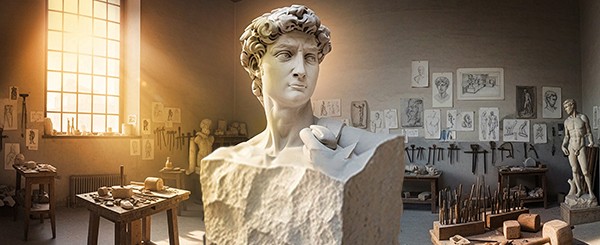
 Let’s talk. I’d really like to hear what you have to say, and it might even give me something to write about. Email me at guy@lawsoncomm.com.
Let’s talk. I’d really like to hear what you have to say, and it might even give me something to write about. Email me at guy@lawsoncomm.com.
I’ll buy you coffee and we can compare notes. I promise not to steal your ideas without permission.
![]()
The first gulp from the glass of natural sciences will turn you into an atheist, but at the bottom of the glass God is waiting for you.
— Werner Heisenberg
(The Father of Quantum Physics)

Did someone forward this newsletter to you after reading it themselves? Don’t settle for that!
CLICK HERE
to get a fresh, unused copy of this newsletter sent directly to you every Sunday morning. If you decide it stinks, you can always unsubscribe.
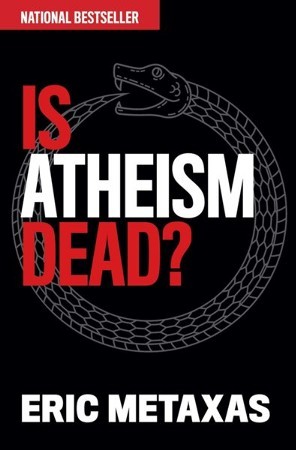
Is Atheism Dead
—Eric Metaxas
This remains one of my favorite contemporary books. Metaxas may be one of the best apologists for his faith that I’ve ever read. Above all else, he’s a diligent researcher and a rational parser of evidence. You might not agree with his conclusions but you will definitely be asking yourself why the mainstream media failed to mention the discoveries he documents.
A meeting of great minds who think alike


